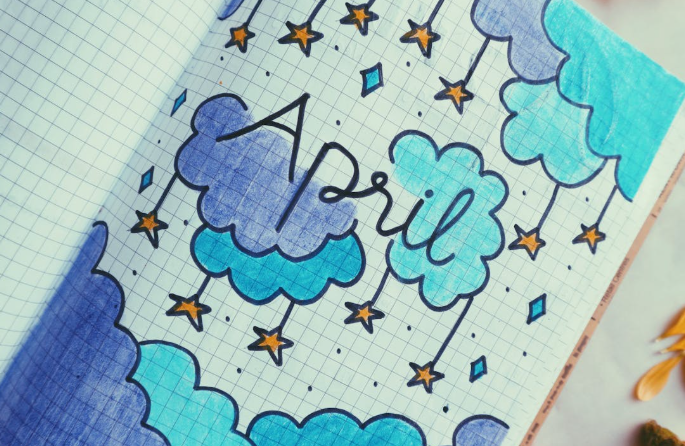Every year on April 1, people around the world participate in practical jokes, pranks, and hoaxes in the name of April Fools’ Day. While the holiday is widely celebrated, its exact origins remain somewhat of a mystery, with several theories tracing its roots back centuries.
Early Origins
One of the most popular theories links April Fools’ Day to the 16th-century calendar reforms in France. Before the adoption of the Gregorian calendar in 1582, the Julian calendar was in use, with New Year’s Day traditionally celebrated around the end of March or early April. When France transitioned to the Gregorian calendar, New Year’s Day moved to January 1. However, not everyone received the news right away—those who continued to celebrate the old New Year in April were mocked as “April fools.”
Another possible origin dates back even earlier to ancient Rome, where a festival called Hilaria was celebrated in late March. During this festival, people would wear disguises and engage in playful pranks and tricks. Similar celebrations of lighthearted deception also appeared in medieval Europe, where Feast of Fools festivals allowed lower-class individuals to momentarily reverse roles with nobles.
April Fools’ Day Traditions Around the World
As April Fools’ Day spread across Europe, different countries developed their own unique traditions. In Scotland, the holiday evolved into a two-day event known as “Hunt-the-Gowk Day,” where people were sent on foolish errands. In England, pranksters would often play tricks only until midday, after which continuing jokes were considered bad luck.
In France and Italy, victims of pranks were often referred to as “April fish” (poisson d’avril / pesce d’aprile)—a reference to the young, easily caught fish of early spring. Even today, children in France still tape paper fish to unsuspecting friends’ backs as part of the tradition.
Modern-Day April Fools’ Day Hoaxes
Over time, April Fools’ Day became a global phenomenon, with newspapers, radio stations, and major corporations joining in on the fun. Some of the most famous pranks include:
- The BBC’s 1957 “Spaghetti Tree” Hoax – A televised report convinced viewers that spaghetti grew on trees in Switzerland.
- Google’s Annual Pranks – Google has long been known for elaborate April Fools’ jokes, including the introduction of Google Nose (a fake smell-search feature) in 2013.
- Taco Bell’s 1996 Hoax – The fast-food chain falsely claimed it had purchased the Liberty Bell and renamed it the “Taco Liberty Bell,” fooling many Americans.
A Day of Fun and Caution
While April Fools’ Day is meant for harmless fun, some pranks over the years have gone too far, leading to public confusion and even panic. Today, many people enjoy playful jokes while being mindful of responsible trickery.
Though its exact origins remain uncertain, April Fools’ Day continues to be a tradition that unites people through laughter and lighthearted mischief. Whether it began in France, Rome, or somewhere else entirely, one thing is certain—on April 1, trust nothing and question everything!
Sign up for our Sunday Spectator. Delivered to your inbox every Sunday, with all the news from the week.















